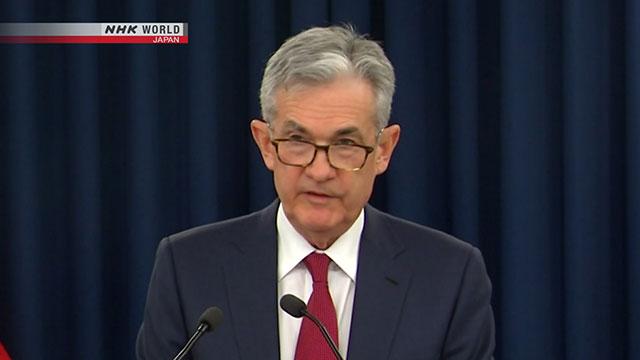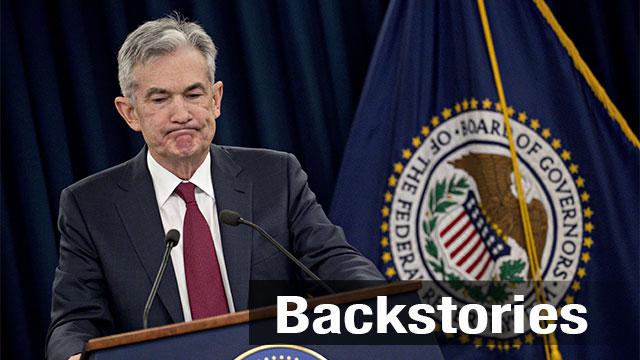Policymakers at the Fed decided on Thursday to proceed with their fourth interest rate hike this year, raising the target range for the federal funds rate to 2.25 to 2.5 percent. But they also said the rate is likely to go up only twice in 2019 instead of their initial forecast of three times. Fed Chairman Jerome Powell told reporters that “crosscurrents have emerged” and said, “We see growth moderating ahead.”
There are three major crosscurrents for the US economy.
One is that the country has been enjoying an economic expansion cycle of 9-and-a-half years -- and experts say growth may have peaked. Consumer spending may dampen. Residential fixed investment has been negative for the past three quarters. The National Automobile Dealers Association forecast that auto sales in 2019 will drop as higher rates and rising prices prompt consumers to hold off on new purchases.
The second issue is that the positive effect of President Donald Trump’s big tax cut may be starting to fade. The budget deficit is ballooning. The federal government will be spending more on interest payments than the Department of Defense budget in fiscal 2023. Trump is trying to boost his popularity by calling for a middle-class tax cut, but chances for that appear slim as his Treasury Secretary Steven Mnuchin has downplayed the prospects of it. More spending on infrastructure projects may be possible if Trump can get Democratic Party leaders to agree, but even if it does become possible, the size of spending will probably be much smaller.
The third problem is that the US-China discord isn’t going to go away any time soon. The arrest of Huawei’s CFO reminded people that the friction between the two countries is not only about trade. It's more about which country will reign as the world's number one economy.
Beijing’s “Made in China 2025” plan aims to make the country dominant in global high-tech manufacturing. Huawei surpassed Apple to become the 2nd-largest smartphone maker in the world. Tsinghua University’s new computer chip, Thinker, surprised many for its new functions and energy efficiency. Just eight AA batteries are enough to power it for a year -- about one-thousandth of what's required to power a similar chip, according to experts.
China’s quest for high-tech dominance could mean that its battle with the US will continue, and negative spillover effects are expected to be prolonged.

Powell stressed in a news conference that the Fed will continue to monitor economic data closely and that neither the pace nor the ultimate destination of further increases is predetermined. Following his remarks, stocks tumbled to their lowest level in 2018, with market participants disappointed that the Fed’s stance is more optimistic than they had expected.
Trump tweeted just a day before the Fed’s decision that “it’s incredible that the Fed is even considering yet another rate hike” and that “they are making a mistake.”
Powell responded that “political considerations play no role whatsoever” in the Fed’s decision.
Trump may step up pressure on the Fed as he eyes re-election in 2020. Trade disputes have been sending stocks lower, and he wants the Fed to support the economy so that his approval rate doesn’t slip.
With a gloomier picture of the economy, a relatively strong dollar, China’s slowdown, and not much inflation, policymakers at the Fed have questions that they will need to answer. Powell is planning to hold news conferences after each of the 8 FOMC meetings in 2019, instead of quarterly as has been the case until now. All eyes will be on Powell's planned trajectory and how he will save the US economy from falling into a recession.

